The Journey

Yoga is a journey, not a destination.
Last Friday, while reading about the ancient roots of modern yoga with the students in the Harmony Yoga Teacher Training Program, I came across this line that I had previously underlined and marked with a star in my text book, “The point is that asana is infinite, underlying a practice that is about process rather than the attainment of some preconceived perfect form.” Teaching Yoga, by Mark Stephens. The students must have thought I was a little odd for harping on this line, but my experience both as a practitioner and as a teacher illuminate the wisdom of this approach to the physical practice of yoga. In my opinion, the true yoga path involves practice, patience, self-awareness, self-acceptance, presence, alignment, and breath.
Students often share with me their frustration with their physical practice. “When will I be able to step my foot through to a runner’s lunge from Down Dog,” I hear them say, or “I try and try, but I just can’t get Crow Pose.” You could easily substitute the last two words in the prior sentence with Tripod Headstand, Handstand, Wheel, or scores of other poses. Similarly, I used to lament about my own inability to do certain poses. However, over the years, I came to understand that the practice of yoga is not about mastering poses, it is about practicing consistently, being patient with yourself, being self-aware of both your physical body and your mind, embracing your abilities and accepting your limitations, knowing proper and safe alignment, and never forgetting to honor your breath.
1) Practice – K.Pattabhi Jois, founder of Ashtanga Yoga, famously said, “Yoga is 99% practice and 1% theory.” In other words, you need to practice yoga to acquire and maintain proficiency. To do so, you need to carve out time to visit the studio or to practice yoga at home.
2) Patience – When practicing yoga, you must be patient. When your body is strong and flexible enough, when you truly understand the alignment and what muscles to use, when your mind is relaxed and clear, then a pose will happen. Just enjoy the process.
3) Self-awareness – While practicing yoga, it is important to get to know yourself. Do you have tight hamstrings? If so, use a block when doing certain poses like forward fold or Half-Moon. If you tend towards a tight or sore lumbar spine, instead of Bridge pose or Wheel pose, put a block in the small of your back as a restorative back-bend. If you are tired when you come to class, move into Child’s Pose before you fatigue. I like to remind my students that we practice yoga today so that we can practice yoga tomorrow. Sometimes, working harder is not better and can, in fact, lead to injury. Similarly, you also need to embrace your abilities and know when a little more effort is required. As a true student of yoga, listen to your internal teacher as well as the external one.
4) Self-acceptance – Self acceptance is understanding and believing that where you are today in your yoga practice is exactly where you are meant to be. Please do not judge yourself because you can’t do a handstand in the middle of the room or even at the wall. There should be no self-hatred or feelings of inadequacy because you do not do Bird-of-Paradise pose. Embrace your yoga practice as it is. However, still work towards attaining the strength and flexibility needed to someday do those poses, if and when your body is ready.
5) Presence – Fixating on mastering a pose distracts the mind by taking it out of the current moment and into some future time when a certain pose might be attainable. These expectations prevent you from being fully available in the moment. Instead, when you practice, examine the sensations in your body, feel your breath, be aware of your gaze, and remain absolutely present in the “now.”
6) Alignment – Proper yoga alignment is imperative to a safe and healthy practice. Find a yoga instructor who makes you feel secure, uses language that makes sense to you, and corrects you when you have gone astray.
7) Breath – Perhaps most importantly, you must remember to breathe. Breathing and oxygenating the body is the heart and foundation of all yoga.
At the end of the day, do you feel better physically when you practice yoga? Do you feel more at peace? If so, you are reaping the benefits of yoga. Let go of any attachment to “getting” a pose, and allow yourself to simply enjoy what are you are doing. Yoga is not just a physical practice, it is perspective. Give yourself permission to take a yogic attitude by fully accepting and enjoying the process.


Connect with us